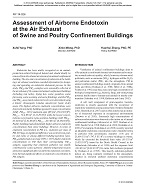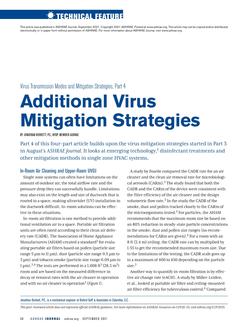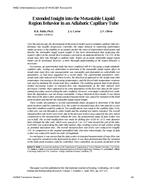A heat pump extracts heat from a source and transfers it to a sink at a higher temperature. According to this definition, all pieces of refrigeration equipment, including air conditioners and chillers with refrigeration cycles, are heat pumps. In engineering, however, the term heat pump is generally reserved for equipment that heats for beneficial purposes, rather than that which removes heat for cooling only. Dual-mode heat pumps alternately provide heating or cooling. Heat reclaim heat pumps provide heating only, or simultaneous heating and cooling. An applied heat pump requires competent field engineering for the specific application, in contrast to the use of a manufacturer-designed unitary product. Applied heat pumps include built-up heat pumps (field- or custom-assembled from components) and industrial process heat pumps. Most modern heat pumps use a vapor compression (modified Rankine) cycle or absorption cycle. Any of the other refrigeration cycles discussed in Chapter 2 of the 2013 ASHRAE Handbook—Fundamentals are also suitable. Although most heat pump compressors are powered by electric motors, limited use is also made of engine and turbine drives. Applied heat pumps are most commonly used for heating and cooling buildings, but they are gaining popularity for efficient domestic and service water heating, pool heating, and industrial process heating.
TERMINOLOGY
APPLIED HEAT PUMP SYSTEMS
Heat Pump Cycles
Heat Sources and Sinks
Types of Heat Pumps
Heat Pump Components
Industrial Process Heat Pumps
APPLIED HEAT RECOVERY SYSTEMS
Waste Heat Recovery
Water-Loop Heat Pump Systems
Balanced Heat Recovery Systems
Heat Pumps in District Heating and Cooling Systems
ISBN: 978-1-947192-52-2 (for I-P versions of chapters)
ISSN: 1078-6066 (for I-P versions of chapters)
Citation: 2020 ASHRAE Handbook — HVAC Systems and Equipment
Product Details
- ISBN(s):
- 9781947192522
- Number of Pages:
- 26
- Units of Measure:
- I-P
- File Size:
- 1 file , 1.3 MB
- Product Code(s):
- D-S092020IP


